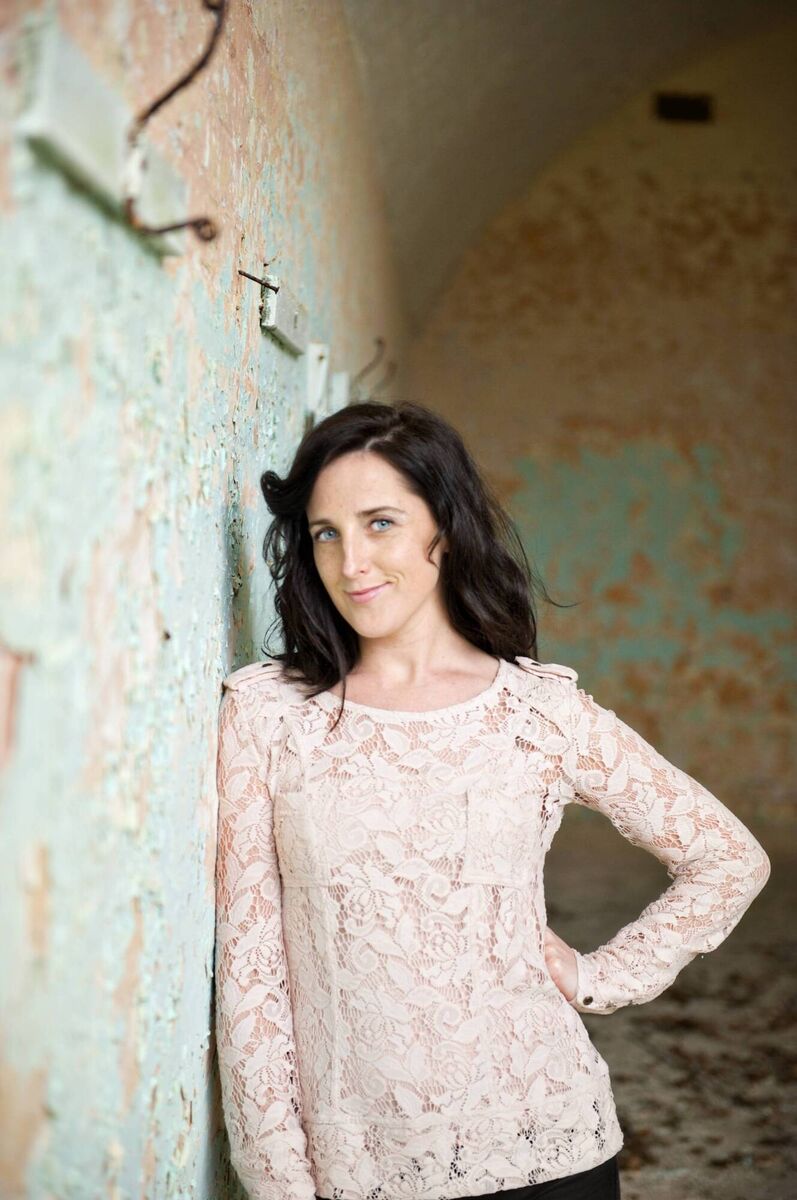Good vibrations to soothe the mind and body

Deep breath... and out. Pic: iStock
Cork opera singer Kim Sheehan had one clear objective when she began giving her online Good Vibrations workshops during lockdown.
“I had a very simple manifesto: For people to use their voice to feel better,” she says, on the phone from her London home.
From a young age, Sheehan was aware of her voice, of how it felt, and how when she sang, she felt really good. She recalls walking down the road near her Crosshaven home as a six-year-old, singing along with her best friend.
“We were at an age where we were able to walk unchaperoned to each other’s houses. I remember that feeling of figuring out words to songs we’d heard on the radio that we didn’t understand. It meant we could use our own words. And I understood all that actually mattered was creating the sound, and that the intention of the song — say it was a love song — matched the sound vibration.”
Even at six, Sheehan was aware of how her voice vibrated inside her head. “Children are more sensitively aware of how vibration tickles, how it makes your eyes shake. You become very aware of your nervous system.”
But we become disconnected from our voice somewhere along the way, she says. Her ‘Good Vibrations’ live voice meditation class is for anyone who’d like to spend a relaxing hour using the vibration of their own voice as a tool to heal stress and anxiety.
Sheehan’s interest in voice meditation grew out of wanting to heal her nervous system from the constant adrenaline and cortisol overload that comes with life on stage as a coloratura soprano opera singer. “After a session, I always feel calmer, more open, ready for deeper sleep.”
In her workshops, she works with voice as a healing tool, using three modalities: Emotional freedom technique (EFT, or tapping), linguistic programming (a form of EFT), and voice meditation.
An accredited practitioner, Sheehan explains how she uses EFT: The client taps with their fingers on the body’s primo vascular system (“for ease of memory, we use seven points on the upper torso”), while stating in a phrase of the client’s own how they are feeling.

EFT is described as an energy psychology technique. A relatively new field, its evidence base is growing, with studies published in peer-reviewed journals, including Journal of Clinical Psychology and the Journal of Nervous and Mental Disease. “While questions about mechanism remain — specifically how these techniques work — a robust and growing body of research continues to document their effectiveness,” says Sheehan.
With linguistic reprogramming, Sheehan’s work with clients centres on phrases they use about themselves. “When we repeat the phrases, the client is usually shocked to hear back what they’re saying about themselves. Most often the phrase is a put-down. It doesn’t align with who they feel they really are, who they want to be seen as.”
She describes it as an empowering process that allows someone to become aware of their strengths.
Voice meditation is another healing tool. It involves repeating a mantra over and over again. This could be a couple of words — an affirmation/intention — that the person wants to incorporate into their life. Or it could be their own name.
“I use their name as a way of connecting them deeply to themselves. People don’t say their name with deep reverence and that’s where it begins — reverence for who you are and that your name has a right to be honoured.”
The importance of name was in Sheehan’s mind and that of her husband, composer Tom Hodge, when naming their daughters, Florence, 6, and Vivienne, 5. “They’re strong feminine names and have a real romance to them. They have a lot of consonants and quite a few vowels — I wanted both girls to feel deeply connected to their strength.”
In voice meditation, Sheehan uses Sanskrit and Celtic mantras. “We’re making sound that has melody. The English language doesn’t really translate well in melodic form. It’s not as expressive as languages like Italian or Spanish — with these, people live how they speak. Whereas in English, we live our lives through meaningless filler phrases — ‘oh’, ‘alright’, ‘so’, ‘OK then’.”
The aim of Sheehan’s voice work isn’t that the client forgets a negative experience — rather that they can allow their body to relax and not be held back by it. After I’d first set up to chat with her, Sheehan had to reschedule — she’d been asked to sing for someone who was sick. “People really value being in close proximity to someone creating music or sound with a joyous intention behind it. It starts vibrating through their body,” she explains.
An opera singer for 23 years, she says opera singers are trained in how to project and amplify their voice. “It’s natural for us to be able to change the colour and inflection of our voices. Being in very close vicinity to that vocal freedom and control has a profound effect on physicality and emotional state.”
- See www.kimsheehan.com or email info@kimsheehan.com. Kim Sheehan is holding a ‘Yoga and Sound retreat’ on Easter Monday, April 10, in Cork — participants get to use their voices throughout the day with yogic movement.
CONNECT WITH US TODAY
Be the first to know the latest news and updates

Celebrating 25 years of health and wellbeing







